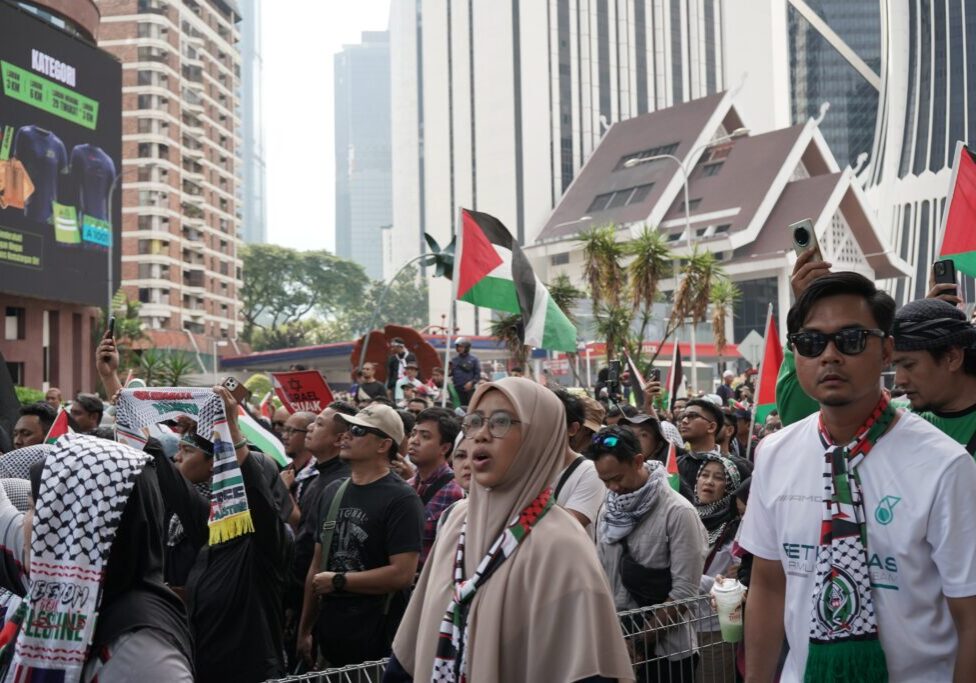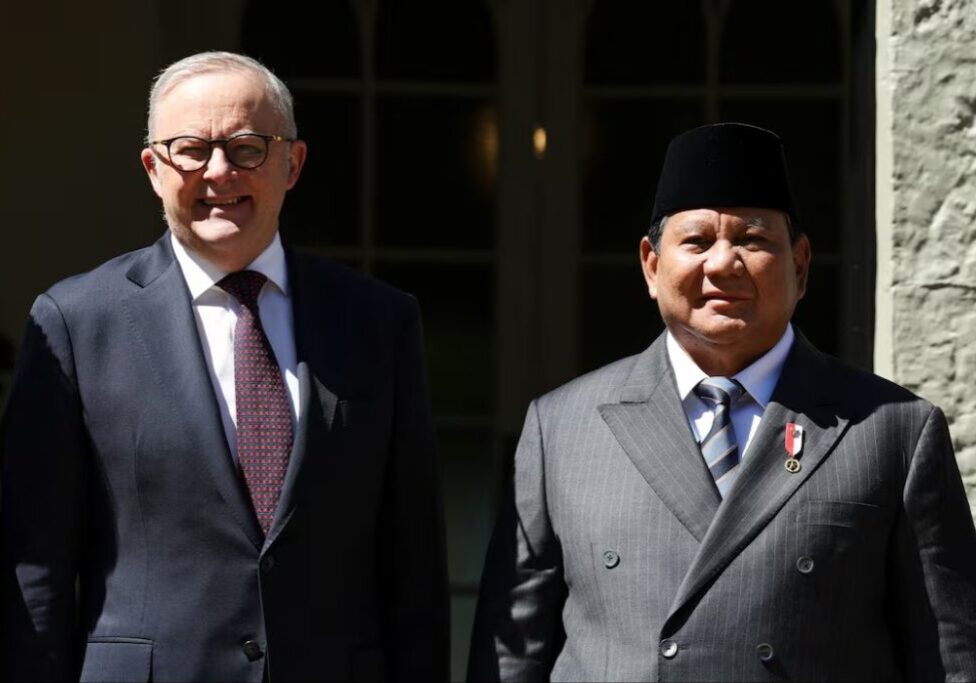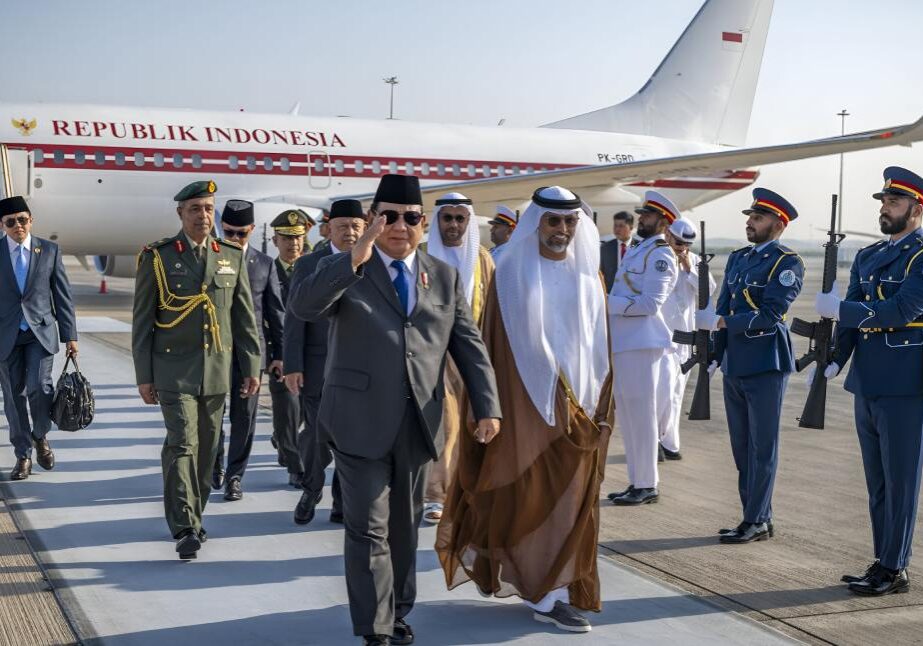Australia/Israel Review
Asia Watch: King-pin down
Aug 8, 2016 | Michael Shannon

Michael Shannon
Indonesian security forces finally killed the country’s most-wanted Islamic terrorist Santoso on July 18, ending five years of searching for the leader of the East Indonesia Mujahidin (MIT) and self-proclaimed commander of Islamic State forces in Indonesia.
Santoso met his end in Tambarana village on the mountainous island of Sulawesi, alongside fellow militant Mochtar, shot dead in a gunfight with the elite army unit Kostrad.
Some 3,500 army troops and police had been deployed since January this year to comb the jungles and mountainous areas of Poso for Santoso as part of a capture-or-kill mission named Operation Tinombala.
With assistance from army surveillance drones, it took an advance army team 13 days to trek through rough, dense terrain to where they believed Santoso would be and lay in wait for their target, moving around only at night. The elusive jihadist was already cornered as the operation had narrowed the group’s area and blocked their supplies, while Santoso’s followers were reportedly down to 14 from an initial 45 members, following arrests and shootouts with security forces.
Santoso and his men from the MIT have been behind numerous attacks on police since 2012, particularly the anti-terror unit Detachment 88. By the time he was shot, he was responsible for the deaths of more than a dozen police and had tried to kill many more.
Having pledged allegiance to Islamic State in Iraq and Syria (ISIS) in 2014 – the first Indonesian to publicly do so – Santoso’s terror cell reportedly received funding from ISIS although it is unclear how much ISIS had given the group, or how it was distributed.
An ISIS-affiliated cell carried out the Jakarta attacks on January 14 and authorities believe that Santoso’s group had links to those who perpetrated the assault that left four civilians and four attackers dead. He had appeared in video footage threatening further attacks against Indonesian targets.
There was growing concern in Indonesia that Santoso and the MIT could grow into a force comparable with Islamist militant groups in the southern Philippines or separatists in southern Thailand. Even though he managed to train more than a hundred extremists in basic military tactics and weapons skills, Santoso never managed to control more than a few square kilometres in the Poso hills.
While Santoso’s remaining followers may be looking for revenge, South-East Asia terrorism researcher Sidney Jones notes, “there could be a stronger focus on going to Basilan, in the southern Philippines, where Indonesians in Syria have already recognised Abu Sayyaf leader Isnilon Hapilon as emir for Southeast Asia.”
Elsewhere, Malaysia joined the ranks of countries under attack by the Islamic State on June 28 when male suspects tossed mini hand grenades onto the patio of the upscale Movida Bar and Lounge in a mall in Kuala Lumpur, wounding eight patrons.
The Malaysian police dragnet eventually rounded up as many as 15 suspects including two low-ranking police officers. The suspects had reportedly received orders from Muhammad Wanndy Mohamed Jedi, who had joined ISIS in Syria, to launch attacks on senior leaders of the government, police and judges.
So far, police say, they have intercepted as many as nine separate plots related to ISIS since 2014, but this is the first that was actually carried out.
Malaysian Transport Minister Liow Tiong has told reporters that at least 50,000 people in Malaysia supported the Islamic State’s aims, but authorities there as well as in Indonesia and Singapore have been notably effective in detaining locals seeking passage to the Middle East.
In February, a study by the Washington DC-based Brookings Institution quoted a study by the Australian academic Greg Fealy estimating that for every million people in Indonesia, 1.4 have set out to join ISIS, while in Malaysia, the number is 8.5. This compares favourably with 14 per million Australians, 18 per million French, and 40 per million Belgians. Of the 31,000 potential combatants are estimated to have found their way to ISIS-controlled territory, the numbers from Southeast Asia barely figure.
The Brookings report notes: “ISIS will always struggle to gain considerable popularity in Southeast Asia. The social, political, economic, and cultural conditions in Indonesia and Malaysia are such that the appeal of the ISIS brand of extremism will always remain limited. Even in Thailand and the Philippines, where Muslim minorities suffer more persecution, the conditions they face are nowhere near those confronted by alienated Muslims in Europe.”
Meanwhile, ISIS has called for jihadis across the region to regroup in Mindanao, where the Abu Sayyaf, largely regarded as criminals masquerading as Islamists, has made a mockery of new President Rodrigo Duterte’s warnings by beheading two Canadian captives after failing to secure $13 million in ransom money. The rebels still hold at least 14 hostages – one Dutch, one Norwegian, five Filipinos and seven Indonesians.
The response has been an all-out military offensive against the heavily armed Abu Sayyaf in which 40 rebels have been killed and two dozen wounded so far, the largest number of casualties ever inflicted against the rebel group in a single month.






